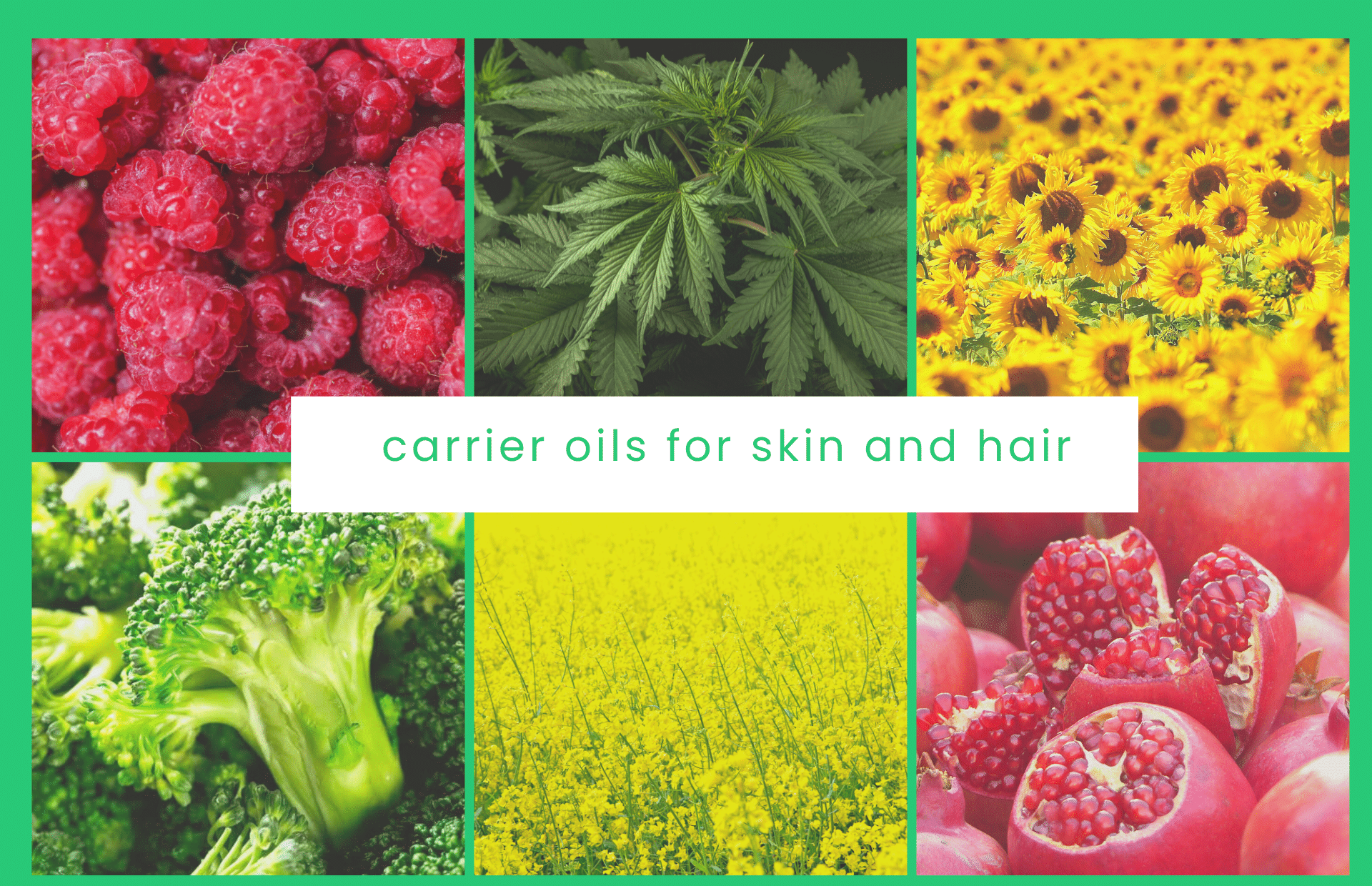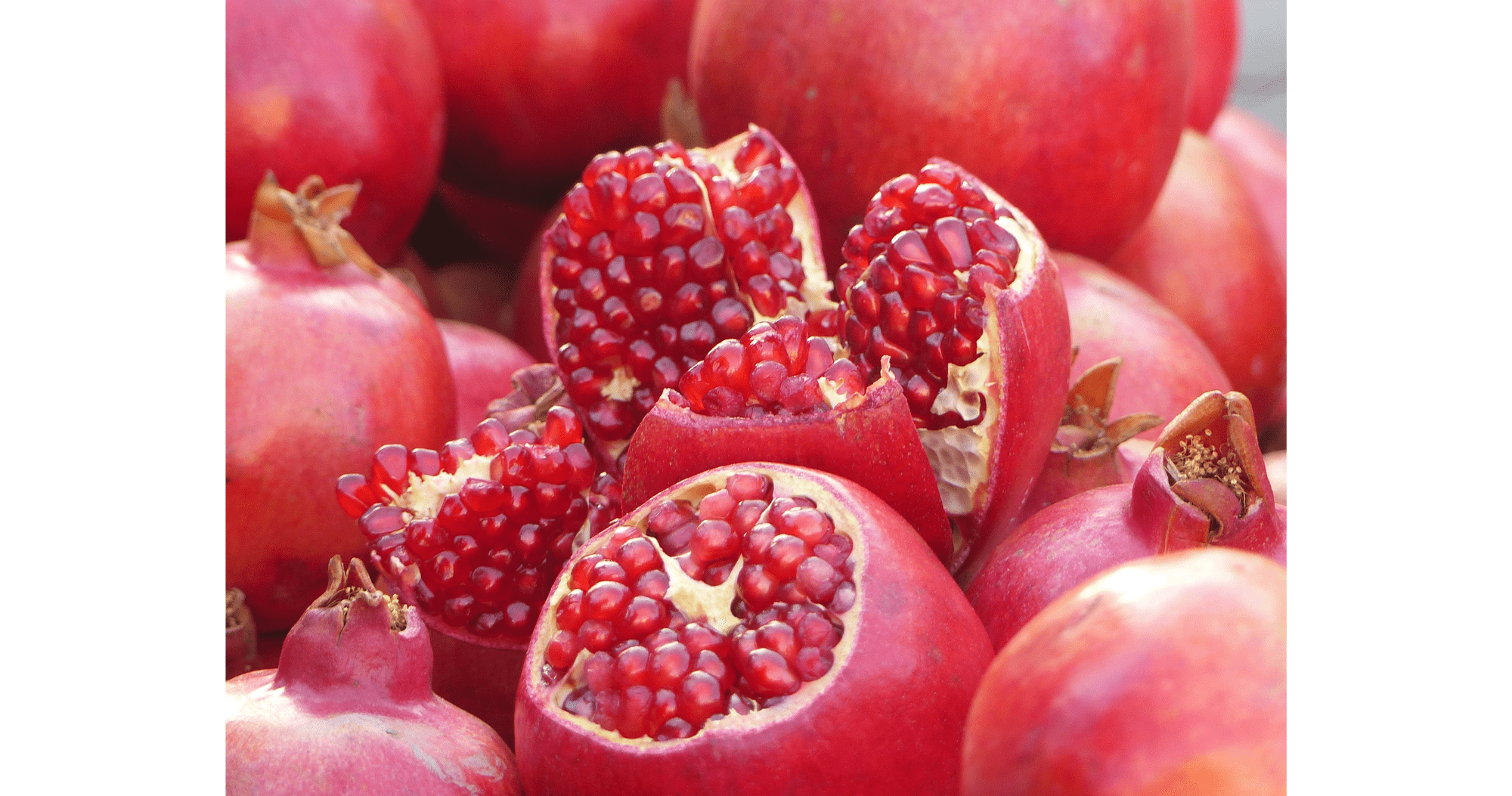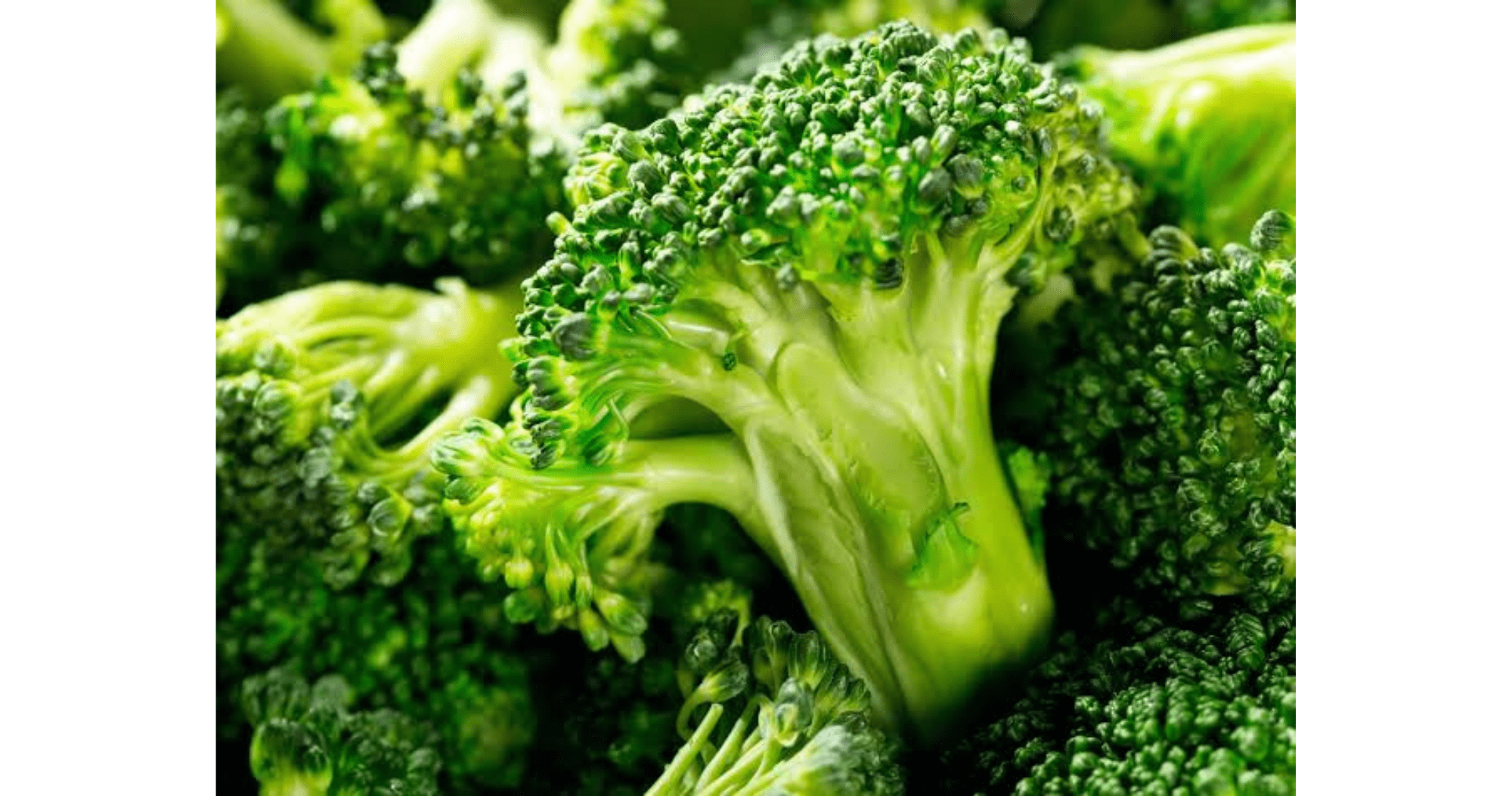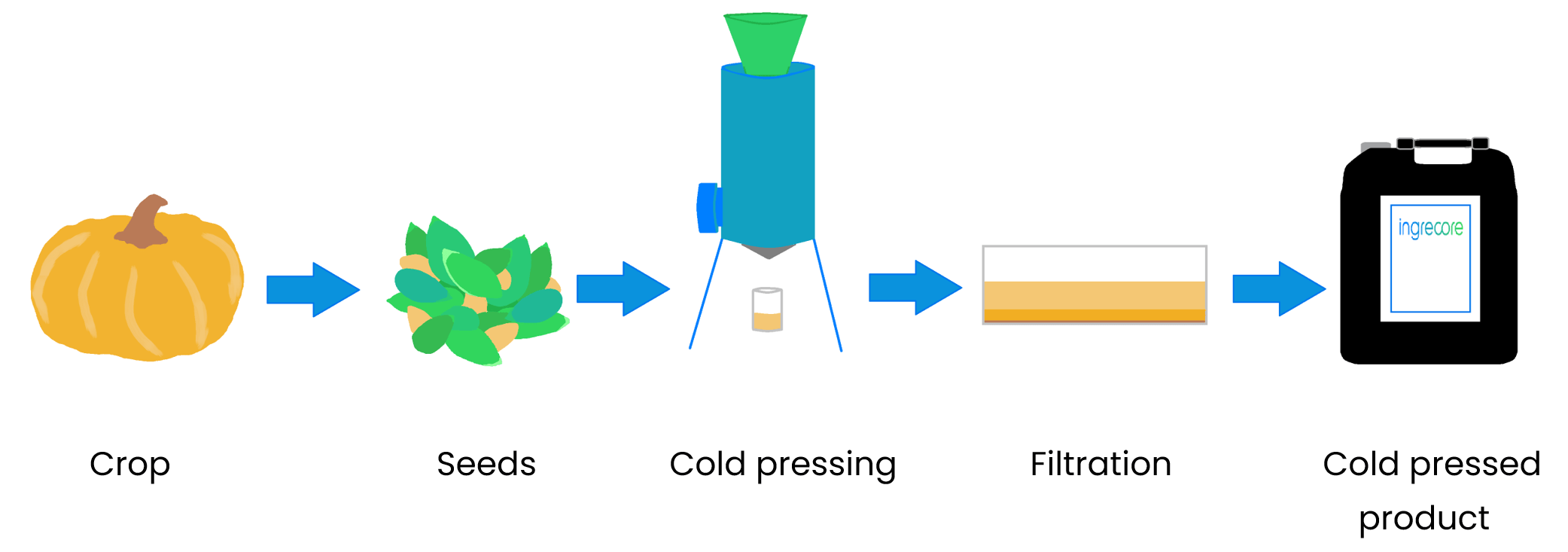
Carrier Oils for Skin and Hair
Introduction
Oils are used by most people in some way or another almost every day. Oils come in many different forms, from the oils used in cooking to the oils used in oil paintings, or the oil in a car. Besides the examples in the previous sentence, petrochemical or synthetic oils will not be touched on. In this blog we will focus on vegetable oils commonly used in the personal care industry and specifically carrier oils for skin and hair applications. In these applications carrier oils function on their own, as base or as ingredient in the formulation. We will also briefly discuss carrier oils as carrier for essential oils. This is where the term carrier oil originated. After the review of vegetable oils, essential oils, carrier oils and hydrogenated oils, we will also investigate some common and some innovative methods used to produce the various oils.
What is Vegetable Oil?
The term ‘vegetable oil’ is quite a broad definition. Most of the oils used in the personal care sector are in fact vegetable oils. A vegetable oil is any oil that is made from (part of) a vegetable, fruit, or other plant parts. Think olive oil, made from olives (a fruit) or rapeseed oil, made from the seed of the plant. Because vegetable oil is such a broad definition, it really does not tell a lot about what the oil does. Therefore, vegetable oils are often grouped according to their use or function in a formulation. Most oils will fit into multiple groups and might be used for multiple purposes, depending on the application.
Essential Oils
The first of these groups are the essential oils. Well known essential oils are for example tea tree oil, rosa damascena flower oil or lavender oil. A common misconception about essential oils is that they are essential for the user. However, the ‘essential’ in essential oil, merely means that the oil is made from the ‘essence’ of a plant (this in turn refers mostly to the fragrance). While these volatile oils have been used for food preservation for centuries, in recent years they have become more and more popular for use in personal care applications and aromatherapy. Because of their pleasant smell, essential oils are often used in soaps, perfumes and other cosmetics that should have a nice smell. They can also be used in foodstuffs for flavoring or scent. In cleaning products, they can also be used to add a pleasant smell to the formulation. Another use for essentials oils is aromatherapy, which is proven to be helpful in relaxation. With aroma therapy aromatic products are used to enhance the feeling of wellbeing.
Carrier Oils
A problem with essential oils is that on their own they are very concentrated. If a pure essential oil would be applied to the skin, it may cause sensitization, irritation or even burning. To mitigate the irritant effects of essential oils, they are often diluted in another oil. This other oil is called a carrier oil, named for their ability to ‘carry’ the essential oil. These carrier oils are often not volatile, meaning they do not evaporate at room temperature. Nor do they have a strong smell or odor. The specific carrier oil used depends on the application, when a more viscous formulation is required olive oil can be used, when a very thin oil is necessary, rapeseed oil is an option. Many commonly used oils can be used as carrier oils, and oils can even be mixed to obtain a perfect final carrier oil for the application. In many personal care applications, carrier oils have other functionalities besides being a carrier. Oils can act as a base for an entire formulation, meaning that the oil carries more than just the essential oil. But a carrier oil can also be an active ingredient in and of itself, for example when the oil adds beneficial properties to the formulation, like being moisturizing or anti-inflammatory.
Sometimes, carrier oils are used just for their abilities to carry and dilute an essential oil, without giving their other properties much thought, as long as they do not interfere. Other times however, a carrier oil is carefully selected to be the best fit for the formulation. This can be the case when a formulation is specifically designed for the skin or hair.
Carrier Oil for Skin

Picking a carrier oil for the skin is far from straightforward, there’s many carrier oils and even more skin types. Besides that, the oil you choose is dependent on the type of product. Overall, carrier oils for the face and body skin should be moisturizing or softening, other traits that might be sought after can be anti-inflammatory, nourishing, or anti-aging, just to name a few. Mixing carrier oils is often a good solution to get most of the desired characteristics into one product.
Carrier oils for skin that have a great track record are often edible oils. These often contain fatty acids that can be of great benefit to the skin. Some examples of both edible and non-edible carrier oils for skin care use are for example jojoba oil, hemp seed oil, grapeseed oil and argan oil, but oils like olive, coconut and sunflower oils can also be great additions.
Jojoba oil, grapeseed oil and argan oil are all rich in vitamins, all contain lots of vitamin E, and argan oil also contains high amounts of vitamin A. They all share very similar traits with some small differences. All three are softening and moisturizing, and all three are anti-inflammatory which means that they can help conditions like acne and eczema. Jojoba oil has the best moisturizing properties of the three and it also provides antimicrobial properties, argan oil on the other hand can act as an anti-aging agent. Hemp seed oil is richer in omega 3 fatty acids and GLAs, but it shares many of the traits of other oils, it’s hydrating and moisturizing, it’s anti-inflammatory and it can improve conditions like acne. Pomegranate seed oil is is high in the antioxidants vitamins C and K and contains fatty acids, of which 60 % is punic acid. Punic acid is a strong anti-inflammatory, and antioxidant agent, protecting the skin from free radicals. The oil also softens and smoothens the skin.
Carrier Oil for Hair

Picking a carrier oil for use in hair care products is very similar to picking one for use on the skin, there’s a lot of hair types and a lot of oils. Because there’s not as many different hair care applications though, picking out the desired combination of characteristics should be easier than for skin care products. Desired traits are often providing shine, stimulating hair growth and hair strengthening. Of course, there’s also a lot of options for specific hair types, fine hair, curly hair, colored hair, etc. For each of these hair types there’s at least a couple different oils that can be chosen. Carrier oils that can be used on the skin can often also be used on the hair.
Argan oil, pumpkin seed oil, grapeseed oil, broccoli seed oil and jojoba oil all have a great track record for use in hair care products. Argan oil is great for conditioning and hydrating the hair, keeping it healthy. Pumpkin seed oil is more softening and is sometimes said to have hair growth stimulating properties. Grapeseed oil is somewhere in between the other two, it’s softening but also hydrating and conditioning and due to its light weight, it’s especially well-suited for very fine hair. As stated in the previous part, jojoba oil has anti-inflammatory and antimicrobial properties, this means that it is great for keeping a healthy scalp, leading to healthier hair. Broccoli seed oil is a great softening agent and emollient which can be used as natural alternative to silicones in solid and liquid haircare products, like conditioners bars or shampoos. The oil contains fatty acids that helps to create great shine to the hair.
Hydrogenated Oils
Another important group is the hydrogenated oils. Oils are made up of fatty acids, among others. Fatty acids, as the name suggests, contain a fat part and an acid part. This fat part can be saturated or unsaturated. Whether an oil contains saturated or unsaturated fats, and the degree of unsaturation, determines a lot of characteristics of the oil. To make the perfect oil, sometimes it is desired to turn unsaturated fatty acids into saturated fatty acids. This can be done through a process called hydrogenation. This is done after the oil has already been extracted, it can be seen as a sort of further ‘refinement’ of the oil. There are many different reasons as to why this may be done, like increasing the melting point, or increasing the shelf life by making them less prone to oxidation. In food, hydrogenated oils are often undesired because (partially) saturated oils are known to be less healthy than their naturally unsaturated counterparts. In personal care, this is of course not an issue, as the oils are not ingested. Hydrogenation of oils is therefore a useful tool for customizing the exact specifications of the final formulation.
Extraction methods
As discussed above, Oils can be made from a wide variety of plants, for example, from nuts, fruits, vegetables, kernels, or seeds. There are well known oils like coconut and sunflower oil, and there are more exotic oils like pumpkin seed oil and apple seed oil. One might think all oils are created equal; this is not the case. The extraction process makes a huge difference in determining the quality of the oil. For extracting oil from a fruit or a fruit seed, there are a couple of main ways to go about this.
Cold Press Extraction
Way back in the day, cold pressing was first used to extract oils from seeds. This method is by far the simplest way to extract oil. A high amount of mechanical force is applied that crushes the seeds, releasing the oil. The amount of force used causes a lot of friction, which in turn causes heat. In order for a product to be allowed to be called cold pressed, the temperature needs to remain below 49°C/120°F throughout the entire process. After the pressing, oils will often be filtered to give a clear oil. Cold pressing allows for the nutrients to be transferred from the seeds to the oils in great amounts, however, it is hard to produce large quantities of cold-pressed oils. Cold-pressed oils can therefore be more expensive. These oils are offered in conventional and organic grades and some producers add preservatives while other more natural producers avoid preservatives and aim for very pure and natural oils. For all pressed oils it’s important that the manufacturer ensures high quality raw materials (seeds, kernels etc.) as this has a great impact on the oil. There is a wide variety of cold pressed oils and a few examples of commonly used cold pressed oils are Broccoli Seed Oil, Raspberry Seed Oil, Hemp Seed Oil, Rapeseed Oil, Sunflower Oil and Pomegranate Oil.

Refined oil, Solvent, or Heat Extraction
An alternative to cold pressing is called refined oil extraction or heat extraction (and sometimes solvent extraction). Technically, an oil extracted through this method is called an absolute. Differences between essential oils and absolutes are the concentration and viscosity (both often higher in absolutes), besides this, the product is the same with the only difference being the extraction route, we therefore also refer to these oils as essential oils. Heat or solvent extraction uses solvents to extract the oils, this process is aided by adding high heat, to increase the yield. As you might imagine, high heat and the use of chemicals are not particularly good for the compounds in the plants. The nutrients in the plants are biological compounds, these will often start degrading and will lose their healthy and beneficial characteristics well below the temperature of approx. 200°C that is often used in this process. Another downside to this extraction process is the cleanup that is required. The solvents used will leave behind residues that can be toxic if not removed properly. Therefore, extensive cleanup procedures are necessary. This also further decreases the amount of nutrients present in the oil, as these are washed away along with the nasty stuff. Compared to cold-pressed oils, oils produced through refined oil extraction contain less nutrients and fewer beneficial compounds. However, it is easier to produce large amounts of oil through this process, and it can therefore be cheaper.
CO2 Extraction
A third option is supercritical extraction, or CO2 extraction. This relatively new and modern approach is somewhat similar to refined oil extraction in that it uses a solvent to extract the oil. However, the solvent used is not an ordinary solvent, it’s CO2. At normal conditions, CO2 is a gas, but at a very specific combination of temperature and pressure values, CO2 reaches a point where it becomes ‘somewhat fluid’, in between a gas and a liquid. At this point, the CO2 is supercritical, meaning that it is denser than gaseous CO2 but less viscous than liquid CO2. Diffusion and surface tension are also increased. This all means that, in short, the CO2 can be used as an ideal solvent. CO2 is cheap, non-toxic, widely available, and environmentally friendly (when used in this way). More importantly, because CO2 turns back into a gas once normal temperature and pressure are reached, it leaves no residues or other dangerous or nasty stuff behind. A downside to this process is the initial investment cost in supercritical extraction equipment. Another issue that should be considered today is that CO2 extraction is relatively new, and therefore not as widely used. Yet.
Ultrasound Extraction
Another innovative option for oil extraction is ultrasound extraction. The term ‘ultrasound’ is often associated with the medical ultrasound imaging technique, which is often used to look at unborn babies. However, ‘ultrasound’ or ‘ultrasonic’ refers to sound waves that have a higher frequency than the human hearing, meaning sound waves over 20,000 Hz. Because sound waves are waves of pressure, another use for ultrasounds are in cleaning. In this use, an ultrasonic bath or chamber is filled with a liquid (either a solvent or water) and then ultrasonic waves are emitted from the chamber walls or from a probe. If something dirty is present in the chamber, the ultrasonic pressure waves will be transmitted through the part, leading to a vibration, this essentially shakes the dirt off. This technique is often used in cleaning dental or surgical equipment, jewelry, watches and a plethora of other items. As you can imagine, if you take this technique a step further, the ultrasonic waves wouldn’t just shake off the dirt, they could shake apart items in the chamber. This is exactly what ultrasound extraction is. Plant materials are often placed in a liquid, they are then subjected to ultrasounds. This firstly improves the extraction rate by allowing the solvent to penetrate deeper into the plant material. Secondly it creates cavitation bubbles. These are microscopically tiny explosions that rip apart solid plant tissue, allowing the oil and other nutrients to seep out, into the solvent. A benefit to this is that the plant material can be exposed to the solvent for shorter periods of time, as well as the whole procedure being performed at room temperature, meaning no temperature related degradation of nutrients will occur. This method of extraction is highly innovative and very new, this means that at the time of writing, only a few companies worldwide utilize this technique to extract oils.
Steam Distillation Extraction
A last option is steam distillation. This method of extraction is especially popular for the extraction of essential oils. As the name suggests, steam distillation uses steam to distill and separate compounds. There are three main ways to go about this. The plant material can be mixed in with water, the entire mixture is then heated to a boil and the steam is guided through a condenser into a new container. This is called hydro distillation. The downside to this method is that the plant material is heated for long periods of time, which is not great for the nutritional compounds. The second route is direct steam distillation. This method is especially popular for essential oil production. In this method, the plant material is placed on a sheet with tiny holes in it. Below this sheet, a container of water is heated to a boil, the steam is then guided through the plant material. It is then guided through a condenser to form the oil in a separate container. With this method, the plant material is not heated for prolonged periods of time, allowing for higher retention of compounds in the oil. A third method is dry steam distillation, which uses superheated steam, allowing for more efficient extractions, this method is not as popular for making vegetable oils.
Wrap up
The four different methods described above are in no way the only methods to extract oils, but they are some of the most common. There are of course big differences in the methods and therefore in the oil produced. Cold pressing is suitable for a wide range of different oils, whereas steam distillation might not be ideal for some oils besides essential oils. Refined oil extraction is a very decent process to make oils that do not need to contain high amounts of nutrients, whereas if that’s a requirement, CO2 extraction or cold pressing may be more suitable. The method used really depends on the final oil.
In personal care applications a wide variety of vegetable-based oils is used as ingredient. All vegetable oils have in common that they are extracted from parts of plants, such as seed, kernel fruit or leaves. Three groups of vegetable oils have been discussed essential oils, carrier oils and hydrogenated oils and have different characteristics and functions.
Questions, comments, thoughts?

Job van Eijndhoven
 +31622626424
+31622626424
 job@ingrecore.com
job@ingrecore.com

